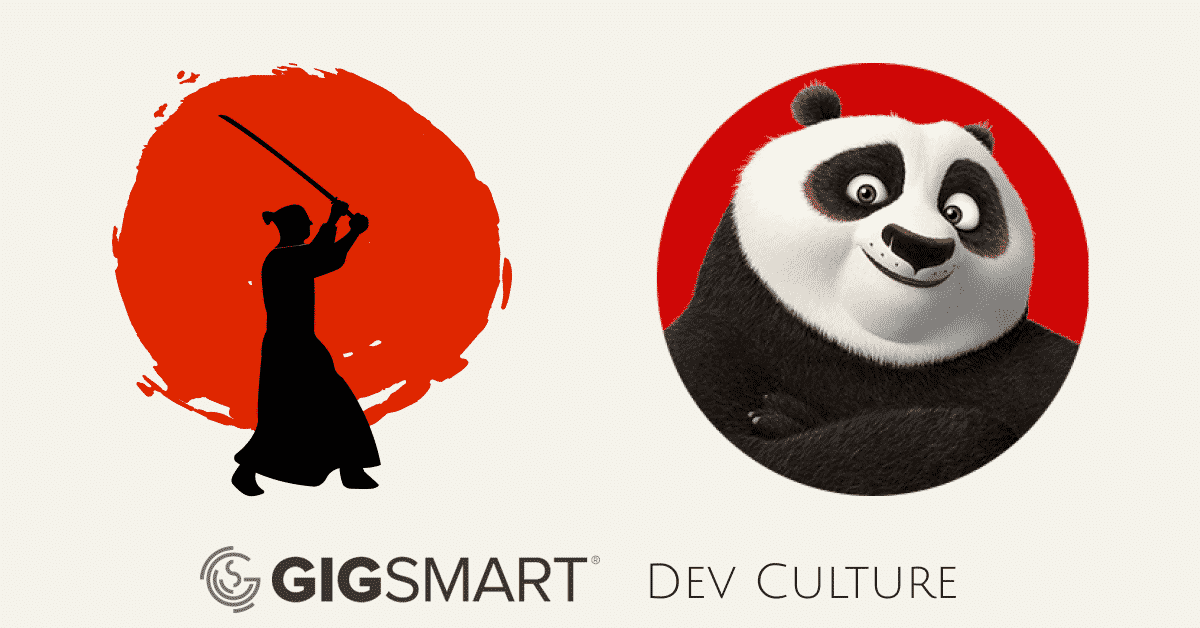- Beyond the Commit
- Posts
- Principles over Patterns
Principles over Patterns
The best engineering cultures start with values, not standups.
🛰️ Signal Boost
A core idea worth amplifying. Today: Principles over Patterns
I’ve lost count of how many teams I’ve seen follow “best practices” by the book—Scrum rituals, Spotify tribes, Jira workflows—yet still struggle to ship meaningful work. The standups happen. The retrospectives happen. The metrics are tracked. But the outcomes? Murky. Morale? Mixed.
It’s easy to assume the problem is with execution—we’re just not doing the process right. But more often, the issue is upstream: the team is optimizing for a pattern instead of aligning on principles.
Patterns are helpful. They give us structure. But they are context-dependent tools, not universal solutions. Principles, on the other hand, are durable. They guide behavior and decisions even when the environment changes. And in engineering leadership, environments change constantly.
A principle might be:
“We optimize for learning over delivery speed early in a project.”
“We prioritize team trust over individual brilliance.”
“We communicate context early and often.”
These don’t tell you how to do retros or whether to use Jira. They tell you what to optimize for. And that’s what makes teams adaptive. When people are grounded in shared principles, they’re able to navigate ambiguity and complexity far more effectively than if they’re following a playbook someone read in a blog post.
So yes, learn from others. Borrow their tools. Try the shiny framework. But start with this: What are the principles that guide your team’s decisions? And do your current rituals serve them?
🔗 Lead Link
One standout article from the web that delivers signal, not noise.
In this interview, I talk through how we leaned on the Bushidō code to define our engineering culture—emphasizing values like integrity, respect, and accountability instead of defaulting to frameworks or metrics as our foundation.
Why this matters:
Most teams focus on tooling and rituals first. But the true operating system of any high-performing team is its shared principles. When values like “assume positive intent” are lived and reinforced daily, alignment happens faster—and teams handle friction with more grace and resilience.
Try this:
Audit your current team values—not the ones on your website, but the ones that actually show up in behavior. Pick one principle you’d like to reinforce, then:
Start your next retro or 1:1 by naming it.
Recognize someone who modeled it recently.
Add a Slack reminder to spotlight it weekly.
Small reinforcements build strong cultural defaults.
🛠️ Tactical Byte
A quick tip or tactic you can try this week.
👥 Principle Discovery
This week, ask your team what their working principles are—not the process steps, but the values behind them. Write them down. Then ask if your current rituals reflect those.
🎙️ From the Field
An insight, quote, or story from an experienced tech leader.
“Jason asked me if I was familiar with Bushidō… we started iterating on things that worked for our team. Be honest. Be genuine. Strive to better yourself. Assume positive intent and respond in kind.”
At GigSmart, we didn’t simply adopt “the Spotify model” or speed metrics because they looked good on paper. We chose a principles-first foundation rooted in the ancient code of Bushidō—values like honesty, courage, and positive intent. Instead of chasing frameworks, we translated these principles into everyday behaviors: praising teammates when they saw assumptions and stepping in when conflict arose.
We made it clear: this isn’t about compliance. It’s about culture. Our onboarding explicitly includes a walk-through of these values, and conversational moments like 1:1s, retros, or shout-outs all tie back to the code. Today, you hear phrases like “assume positive intent” echoing through engineering discussions—not because we mandated them, but because the team collectively owns the principles.
When metrics matter (like cycle time), we combine them with our values framework. We explicitly avoid vanity metrics like individual commits, choosing instead to measure collaboration and team effectiveness overall.
That’s the power of leading with principles: they become everyday gestures, not just plaques on a wall—and they shape how teams actually behave when the pressure is real.
💬 Open Threads
Something to chew on, debate, or share back—open questions for curious minds.
What’s one principle that’s shaped your leadership more than any process ever could?
